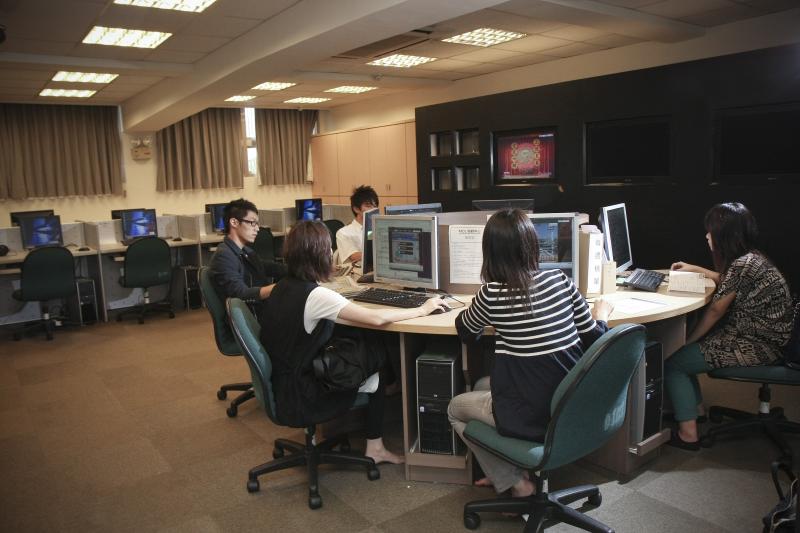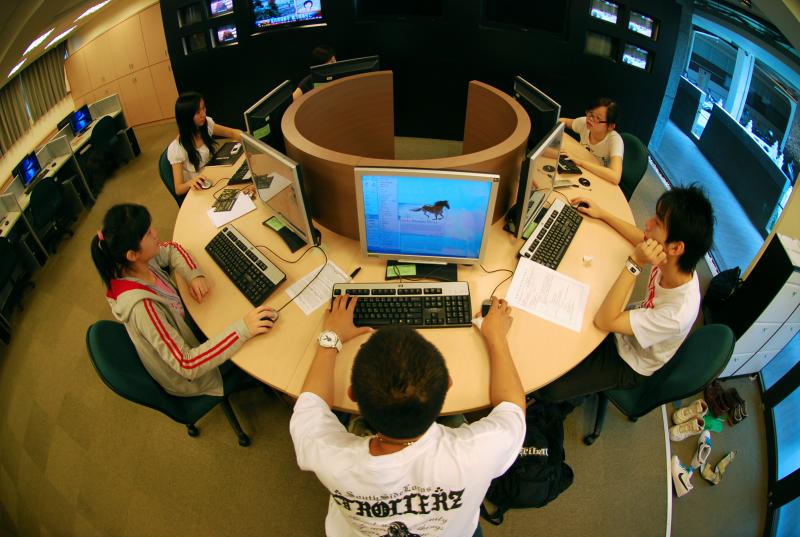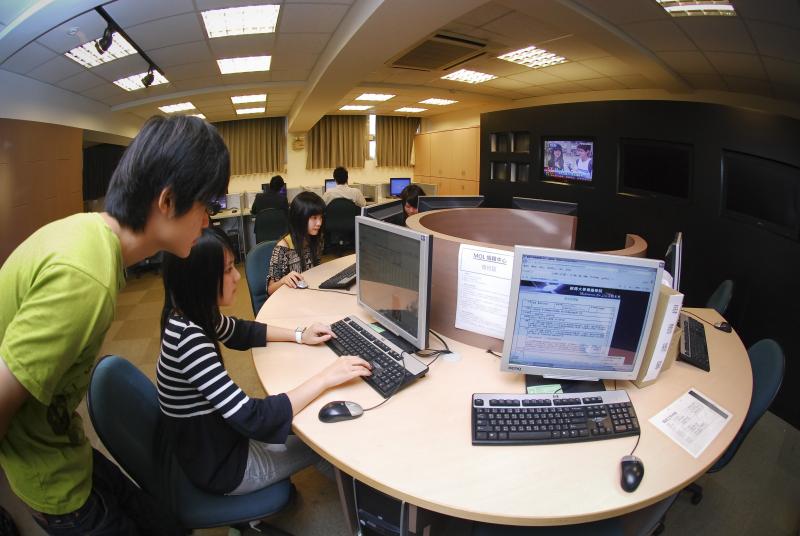
Introduction

Journalism Department of Ming Chuan University (MCU) was established in 1999 to cultivate talented journalists. Our department combines theoretical and practical courses to cultivate professional news media personnel with responsibility, news writing & editing skill and international field of vision. In response to the development and change of the media industry, the convergent and innovative models are adopted. Our department combines the timely theory and practice to fully connect with industry for journalism professional education and empirical training, as well as to integrate traditional and new media for digital integrated lean education and practical training. The most distinctive courses of Journalism Department are "News Principles and Editing" and "News Reporting and Writing". These two courses are co-taught in small classes by professors well versed in journalism theory and senior journalists with practical expertise in the news media industry. Basically, for these two courses, there are practical assignments every two week. To resolve students' learning difficulties in real time, participation and discussion in the class are also required. The course "Media Practices" in the third year of Journalism Department is another distinction. Students choose internships in different media according to their interests. They personally participate in news interviewing, news editing and reporting. Through multiple courses and various training activities training, the students' practice publication "Media News", which reports events about news media in Taiwan, has become an outstanding feature of our department. Currently, our department has 7 full-time faculty members, all of whom hold a PhD degree in communication or communication-related fields with empirical experience in the media industry. In addition, there are 18 part-time faculty members, all of whom have abundant media-industry work experiences. To pursue the highest journalism standards, our department offers an integrated communication program that emphasizes journalism ethics, theories and practices. These allow the students to become well-rounded, collaborative, and ethical professionals with international field of vision.
Degree granted to Journalism Department graduates
Degree's English name:
Bachelor of Arts in Journalism
Degree Abbreviation:
B.A.
The Mission of the Journalism Department of Ming Chuan University is to cultivate talented journalists. Our department combines theoretical and practical courses to cultivate professional news media personnel with responsibility, news writing & editing skills and international field of vision.
- Training professional news media personnel.
- Training professional personnel who know how to integrate news information well.
- Training professional news media personnel to develop a global vision.
- Academic training in journalism
Following the teaching concept of our university and school, the mission of the Journalism Department of Ming Chuan University is to cultivate talented journalists. Our department combines theoretical and practical courses to cultivate professional news media personnel with responsibility, news writing & editing skills and international field of vision.
- Fostering professional journalistic specialists.
The course framework for the first- and second-year students focuses on the foundation courses of MCU, and the basic and professional courses of the School of Communication. This curriculum design helps students to gain more understanding about the professional field in the media environment. For the third and fourth year students of Journalism Department, the course framework includes the study of journalism and related professional courses. Journalism Department insists on education in and application of up-to-date communication technologies to make sure our graduates can stay current with the trends in the media industry. This kind of program design enhances students' competitiveness in employment.
- Training professionals in integrated communication.
To cultivate professional news media personnel who know how to integrate news information well, and also focus on the ability of academic research, the integration of communication education is enhanced to improve students' understanding in the field of communication. Some courses are co-taught in small classes by professors well versed in journalism theory and senior journalists with practical expertise in the news media industry, such as the courses of "News Principles and Editing" and "News Reporting and Writing". In addition, the required subject "Graduation Thesis" can strengthen students' academic training and improve their abilities in independent research. To resolve students' learning difficulties in a timely manner, participation and discussion in classes are required.
- Cultivating journalists with a sense of social responsibility.
The strict training in media practices not only improves students' professional journalism skills, but also encourages students to adapt to teamwork and act on social responsibility concerns.
- Cultivating professional news media personnel with a sense of global vision.
Journalism Department provides additional lessons in English to create an international learning environment and strengthen students' international competition capabilities. In addition, Journalism Department is actively developing international academic interaction to boost academic exchanges for faculty, and enhance students' understanding about the international media news field.




